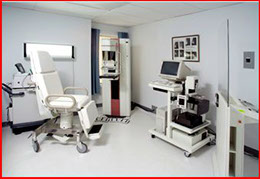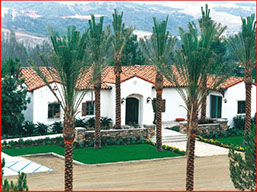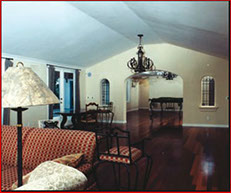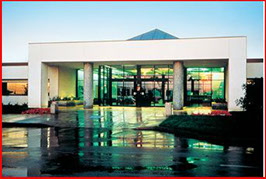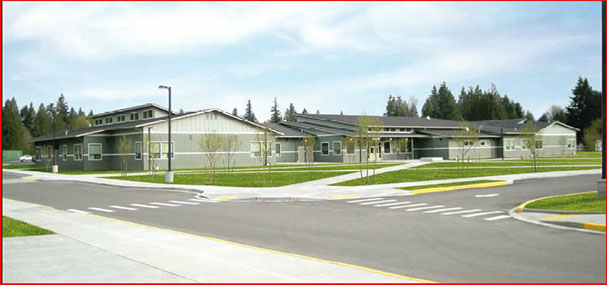MODULAR CONSTRUCTION SYSTEM
When planning the development of a new building, the time involved in construction is very important. A modular system accelerates the construction, making the building available for use much quicker.
Using a modular system versus the conventional lineal process allows simultaneous construction in successive levels. As a result, both the construction time on-site and the total construction time are reduced in half.
More than 50% of the modular-construction process occurs in a controlled factory site, which reduces risks and improves quality. The preparation of the site, foundation work and utility hook-up is done in parallel with the modular building at the factory. When both the modules and the site are ready, the modules are shipped for final installation.
TRADITIONAL CONSTRUCTION
Diseñó
MODULAR CONSTRUCTION
At least 50% savings in construction
Benefits
Reduction in construction time
Manufacturing procesos control resuls in higher quality
System flexibility allows easy expansion of the building design.
Permanent or temporary buildings may be contructed.
Materials and construction codes are all approved.
Traditional Construction
Using lineal system each step must be completed before starting the next one.
Quality control is challenging. There can be variations and delays due to climate and personnel problems.
Additional engineering will be required to make modifications or expansion to the building design.
Temporary buildings are not viable.
Why modular?
Fast
Quality
Flexibility
Maintenance
If you are an architect, project officer, in government, commercial, health or educational sector, the modular buildings of today satisfy all of the needs for space for all sectors offering a shorter time for the availability of the building than conventional construction incorporates technical innovations in an automated, standard and efficient process. The final result is more flexibility and quality than conventional projects built on site.
Modular buildings are no longer boring. Thanks to advances in technology it is frequently difficult to determine if a structure was built with modular or conventional methods.
All our modular systems are built under the regulations of the modular Building Institute (MBI) e ISO allowing them to withstand winds up to 300 km/h.
Fast
The construction speed is considered by all participants in a project as a main asset of a modular construction system. When preparing the site simultaneously with the construction of the modular buildings in the factory, the time savings are from 30 to 50% versus conventional construction.
The building modules are manufactured in an ambient-controlled factory, while the site is being prepared and the foundation readied. Modules include the structure, HVAC, electrical and plumbing systems, fire prevention system, plus the interior and exterior finishes in accordance with the customer’s requirements.
Quality
The modular construction is based on a 50 to 70% of the total building construction done in the factory which determines the high quality of the Project for various reasons:
• Reduction of loss of material, qualified workmanship in controlled ambient and quality control norms which results in better efficiency.
• Working Conditions under closed area, well lit, constant temperature and protected from the weather creates a productive ambient
• Continuity: The factory is a place where the work is performed on an ongoing basis, with specific schedules which allows for efficient work.
• Trained personal and established processes.
• Quality Control: Established quality standards are followed to insure top performances during the building process.
• On Site assembly is only 5 to 15 % of the total project allowing maximum control.
• Materials: The same materials are used as are specified by architects in conventional buildings.
• Construction Codes Compliance: The integrity of a modular building meets or exceeds the same building codes used in the construction of conventional buildings.
Flexibility
The configuration of the modular buildings can be changed or relocated as desired. This flexibility is not an option for conventional construction. Planning options are limitless; the design of different elevations can be planned to match the existing buildings in the area. Interiors and exteriors can be changed to meet the requirements.
Maintenance
Based upon the construction process at the factory and the components used these modular units are considered to be ecologically friendly. Modular construction implies:
• Less construction time.
• Less noise, dust, traffic, deliveries, site risks, better organized.
• Practically no impact due to rain, cold, heat or wind.
• Less manual labor.
• Less loss of materials.
Modular buildings for permanent or temporary use
Modular buildings meet most requirements for permanent or temporary needs.
In contrast to conventional buildings, modular construction offers the flexibility of a building that can be relocated. Modular buildings meet urgent demands for more space such as:
Office space
Temporary housing for students, visitors or personnel
Critical centers after a disaster.
New centers to meet medical demands in the local area
Modular buildings can be permanent. The design and construction of today’s modular buildings of is totally different from the old box-type designs. The flexibility of today designs includes unique elements that allow adaptation to individual needs.
Here are some examples of the possibilities of the modern modular buildings offered today:
Complete, adaptable interiors that can be re-configured as required.
A sales center built in an exclusive residential area.
• A dental center equipped to provide radiology and laboratory services.
• An educational center with an exterior that conforms to the existing buildings in the area.
Whether a modular building is permanent or temporary it must still conform to the same building codes as conventional buildings.

